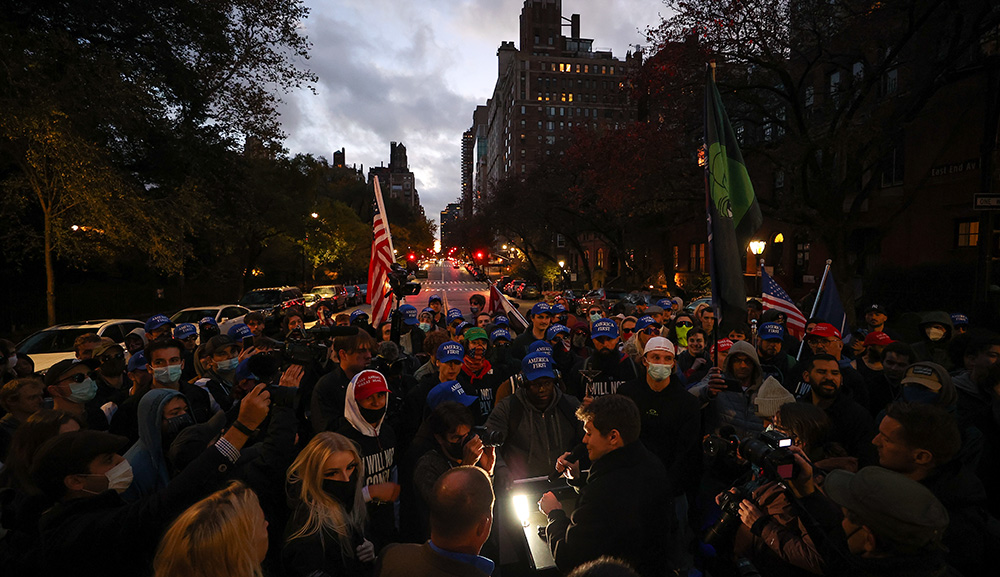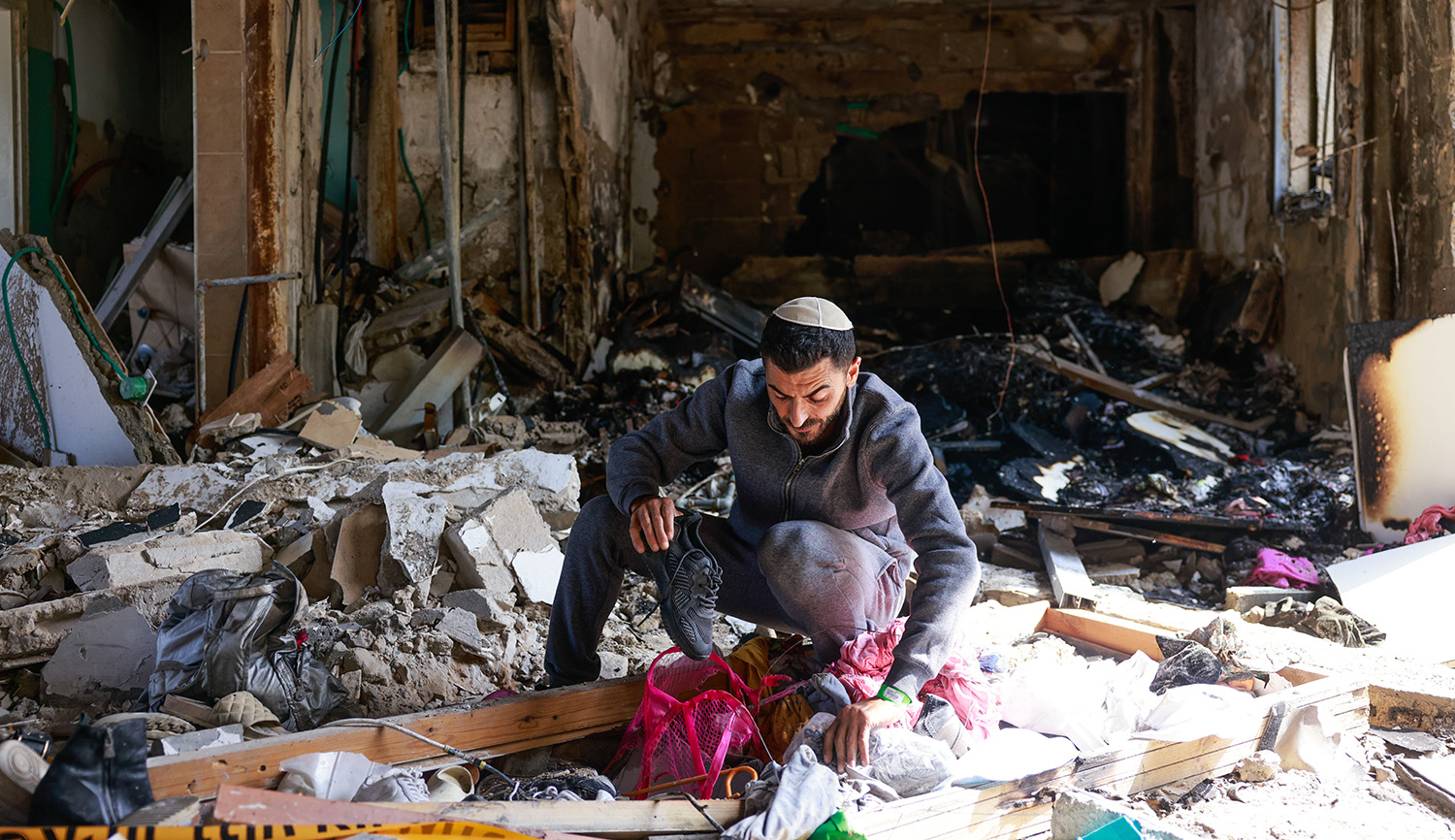In The Ravine, the historian Wendy Lower documents the results of her search for the details behind a single photograph, showing the murder—by German soldiers and their local helpers—of a Jewish woman and her two children in the Ukrainian town of Miropol in 1941. Susie Linfield writes in her review:
The scene was not unusual; neither was the photograph. During the war, German soldiers took troves of photographs—perhaps hundreds of thousands, perhaps millions—some of which memorialized, indeed celebrated, their cruelties, tortures, and crimes. Nazi authorities forbade these unofficial images, but to little avail; they circulated widely to friends and families back home. These celebrations of sadism—which shake our ideas about an innate human capacity for either shame or guilt—are sometimes referred to as “trophy photos,” though I think “atrocity selfies” is a better term.
Lower shows that it takes a lot of people to kill a lot of people. There are the Ukrainian teenage girls forced to dig the mass graves; the Nazi customs guards (including volunteers) and Ukrainian policemen who rounded up the Jews and forced them to the death site; the Ukrainian neighbors who plundered their homes and “assaulted them—throwing stones and bottles.” Then there are the Ukrainian militia who, “armed with clubs, tools, and Russian rifles, chased Jews, bludgeoning some to death. . . . They chased young Jewish women, ripped off their clothes, and raped them.”
The town rang out—who could miss this?—with gunshots, “yelling, screaming, and howling.” This was not the bureaucratic killing many associate with the Holocaust. This was mass murder at its most intimate: the Ukrainians “taunted the victims by name. . . . The victims were known to them from the dentist’s office, the cobbler’s shop, the soda fountain, and the collective farm. They grabbed small children and babies by the legs and smashed their heads against the trees.”
More about: Holocaust, Photography, Ukrainian Jews


